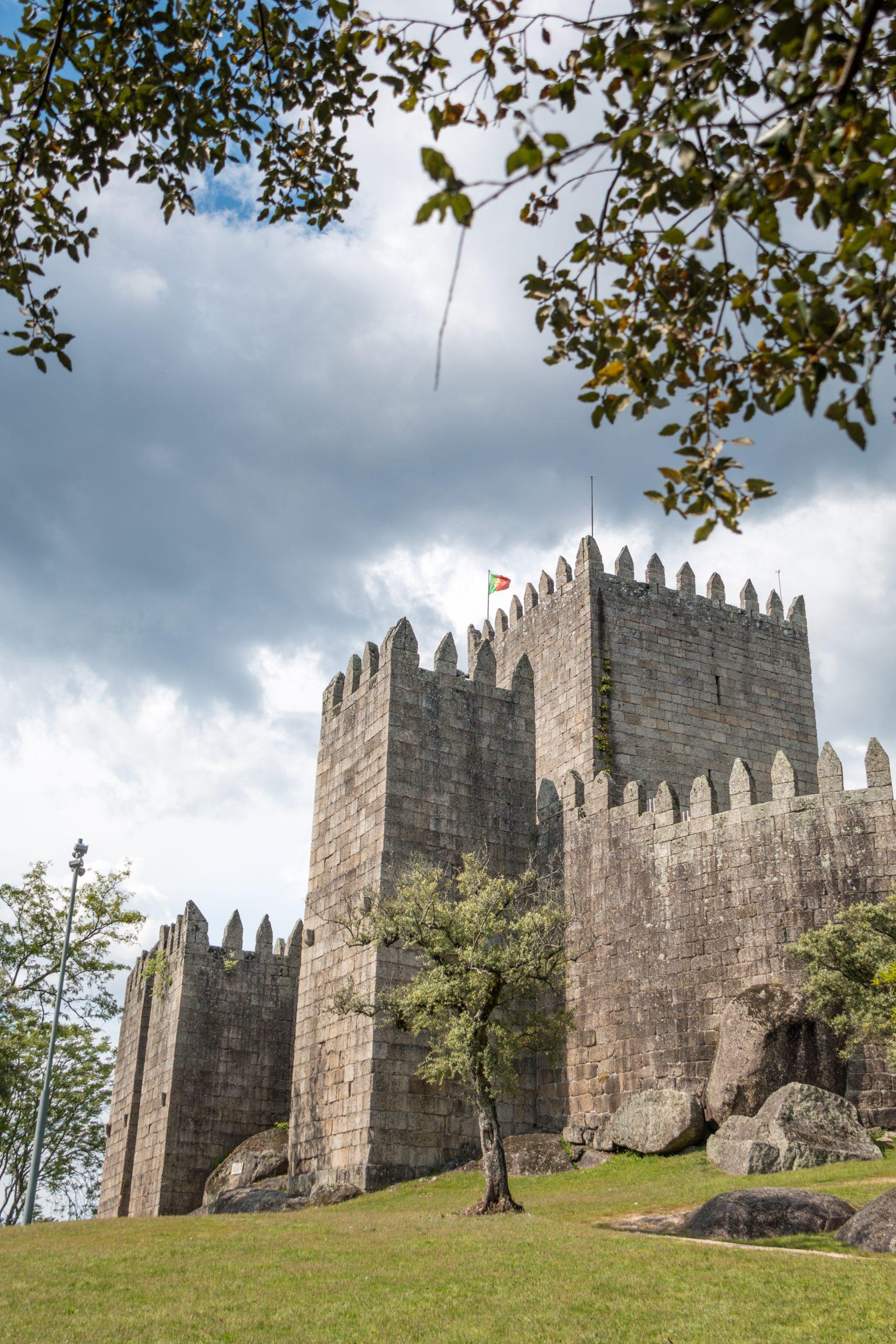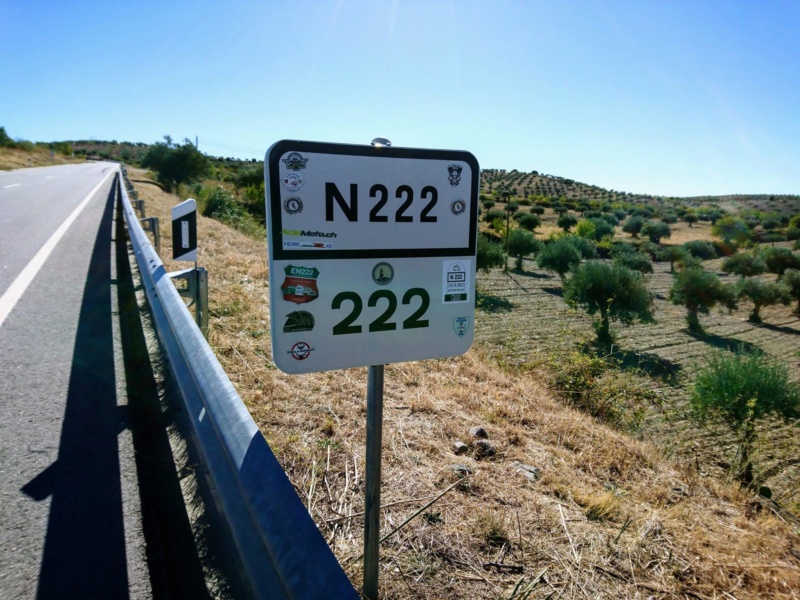 If you want to stand in the place where Portugal began, go to Guimarães. Not just to the town—though it’s charming in its own right—but also to the top of the granite hill, where a stern, weathered fortress overlooks the city. That’s the Castle of Guimarães, and it’s no exaggeration to call it the cradle of the Portuguese nation.
If you want to stand in the place where Portugal began, go to Guimarães. Not just to the town—though it’s charming in its own right—but also to the top of the granite hill, where a stern, weathered fortress overlooks the city. That’s the Castle of Guimarães, and it’s no exaggeration to call it the cradle of the Portuguese nation.
A National Symbol with a Thousand-Year Story
The Castle of Guimarães isn’t just old—it’s ancient. Originally ordered by Countess Mumadona Dias in the mid-10th century to protect a monastery from Viking and Moorish raids, the structure has been rising, falling, and rising again for over a millennium. Over the years, it was reworked from a rudimentary military outpost into the robust fortification we see today: a granite-clad pentagonal structure with eight watchful towers and a central keep that dominates the northern skyline.
This castle is where Afonso Henriques—the man who would become Portugal’s first king—was born in 1111. It was in the shadow of these walls that he grew up, and in the surrounding fields of São Mamede that he fought the pivotal battle in 1128 that led to the birth of an independent Portuguese kingdom.
Architecture that Tells the Story
Step through the thick castle gates and you’ll walk straight into history. The fortress is a blend of late Romanesque muscle and early Gothic elegance, shaped heavily during a major 13th-century makeover under King Denis. Its flanking towers and tight interior courtyard reflect medieval military design, while echoes of older, possibly Roman, foundations whisper from below.
What you won’t find is any frilly ornamentation or royal luxury. It was built for defence, not decadence. Inside, you’ll see exposed stone, narrow staircases, arrow slits, and defensive walls that once kept invaders—and family rivals—at bay.
The view from the keep is worth the climb. From here, you can see how the castle once watched over an entire valley. It overlooks tiled rooftops, cobbled alleys, and the neatly preserved historic centre of Guimarães—a UNESCO World Heritage Site.
Restoration and Survival
It’s almost a miracle the castle survived at all. In the 19th century, local officials seriously considered tearing it down and using the stone to pave the streets. Luckily, cooler heads prevailed, and the structure was officially declared a national monument in 1910. Restoration efforts began in the 1930s and continue to this day, revealing hidden wells and ancient walls and securing the castle’s future for generations to come.
What to See Nearby
 The castle doesn’t stand alone. Just a few steps away is the modest Church of São Miguel do Castelo, where legend says Afonso Henriques was baptised. A little farther down the hill is the Palace of the Dukes of Braganza, a 15th-century noble residence turned museum, where you can walk through restored halls filled with medieval furniture, tapestries, and a surprisingly good armoury collection.
The castle doesn’t stand alone. Just a few steps away is the modest Church of São Miguel do Castelo, where legend says Afonso Henriques was baptised. A little farther down the hill is the Palace of the Dukes of Braganza, a 15th-century noble residence turned museum, where you can walk through restored halls filled with medieval furniture, tapestries, and a surprisingly good armoury collection.
If you’re up for a longer stroll, follow the remnants of the old city walls into Guimarães’s historic core. The streets of Largo da Oliveira and Rua de Santa Maria are some of the oldest in Portugal, lined with medieval houses, Gothic windows, and the occasional 21st-century café tucked into a stone archway.
Visiting Tips
- Opening hours: The castle is open daily, except major holidays. Mornings tend to be quieter.
- Tickets: Combo tickets are available for the Castle, Church of São Miguel, and the Palace of the Dukes.
- Best time to visit: Spring and autumn offer mild weather and fewer crowds.
- Getting there: Guimarães is about 55 km from Porto and easily accessible by train or car. The castle is a short uphill walk from the city centre.
- Accessibility: While the grounds are walkable, the interior keep and tower access involve steep stairs and narrow passages.
Why It’s Worth Your Time
Portugal has plenty of castles—but Guimarães isn’t just another fortress. It’s the first chapter in the country’s story. Standing in its keep, you’re not just looking at stone. You’re looking at the walls that held off kings, sheltered future monarchs, and anchored a nation still finding its name.
This is history you don’t read. It’s history you walk through.
Coordinates: 41°26′52.47″N 8°17′25.29″W
Address: Rua Conde Dom Henrique, Guimarães
If you’re tracing Portugal’s roots, start here. This is where it all began.




